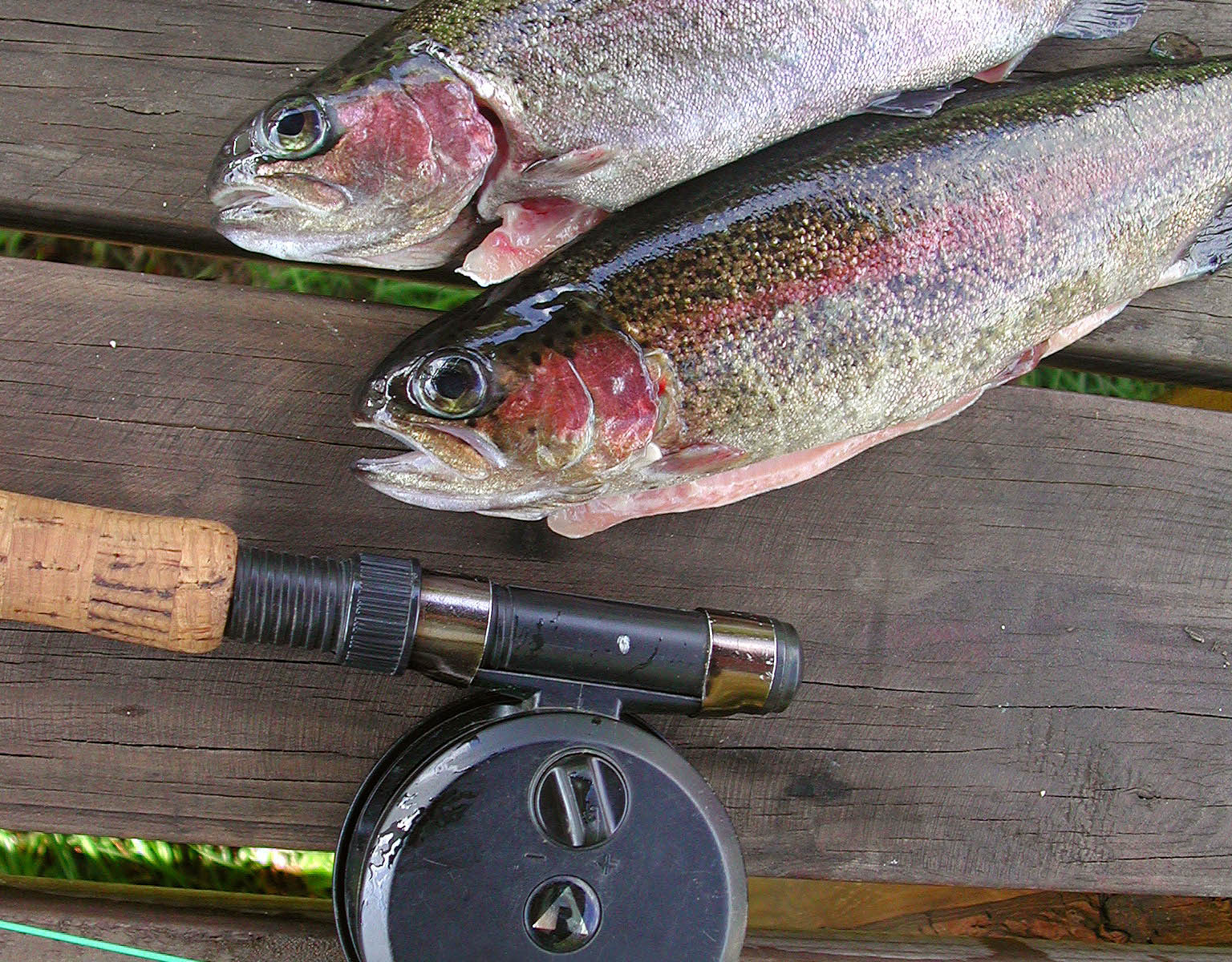Fishing is a popular and rewarding pastime in the UK, offering anglers the chance to relax, enjoy nature, and potentially catch a variety of fish. However, to protect fish populations and ensure sustainable fishing practices, the UK has established a set of licenses and regulations that all anglers must follow. This ultimate guide provides an overview of the necessary licenses, key regulations, and other essential information for fishing legally and responsibly in the UK.
1. Why Do You Need a Fishing License?
A fishing license is required in the UK to ensure that fish populations are managed sustainably and that fishing activities do not harm the environment. The revenue from fishing licenses is used to fund conservation projects, habitat improvements, and fish stocking programs. Having a license also helps authorities track and regulate fishing activities, maintaining a balance between angling enjoyment and ecological preservation.
2. Types of Fishing Licenses
There are several types of fishing licenses available in the UK, tailored to different needs and preferences. Here’s a breakdown of the main categories:
- Rod Fishing License: This is the most common type of license, required for fishing with a rod and line. It is further divided into two categories:
- Trout and Coarse (Including Eel) License: Required for fishing trout, coarse fish, and eels.
- Salmon and Sea Trout License: Required for fishing salmon and sea trout.
- Junior License: Available for young anglers aged 13 to 16. Children under 13 do not need a fishing license.
- Short-Term Licenses: For those who fish occasionally, short-term licenses are available for 1 day or 8 days.
- Annual Licenses: For regular anglers, annual licenses are the most economical choice, providing year-round coverage.
3. How to Obtain a Fishing License
Obtaining a fishing license in the UK is a straightforward process. Licenses can be purchased online through the Environment Agency’s website or at local Post Offices. Here’s a step-by-step guide to getting your fishing license:
- Determine the Type of License Needed: Decide whether you need a trout and coarse fishing license or a salmon and sea trout license based on the type of fish you plan to catch.
- Visit the Environment Agency Website: Go to the official website and select the appropriate license type.
- Fill Out the Application Form: Provide necessary details such as your name, address, and date of birth.
- Make Payment: Pay for the license using a credit or debit card.
- Receive Your License: You will receive your license via email or post, depending on your preference.
4. Fishing Regulations in the UK
Fishing regulations in the UK are designed to protect fish populations, their habitats, and the broader environment. These regulations cover various aspects of fishing, including seasons, bag limits, and prohibited practices.
- Closed Seasons: Certain fish species have closed seasons during which fishing is not allowed. For example, the closed season for coarse fishing on rivers is from March 15 to June 15.
- Bag Limits: There are restrictions on the number of fish you can catch and keep in a single day. These limits vary by species and location.
- Size Limits: Minimum size limits are enforced to protect juvenile fish and ensure they have a chance to mature and reproduce. For instance, the minimum size for trout is typically 25 cm.
- Catch and Release: In many cases, anglers are encouraged or required to release certain species of fish back into the water after catching them to maintain sustainable fish populations.
5. Protected Species and Areas
Some fish species are protected by law, and it is illegal to catch or harm them. These species include certain types of rare and endangered fish. Additionally, there are protected areas, such as marine conservation zones and nature reserves, where fishing may be restricted or prohibited to safeguard habitats and biodiversity.
6. Enforcement and Penalties
Compliance with fishing regulations is enforced by the Environment Agency and other authorities. Officers conduct regular patrols and inspections to ensure anglers have valid licenses and are adhering to regulations. Penalties for violations can include fines, confiscation of fishing equipment, and even prosecution in serious cases.
7. Additional Considerations
- Private Fisheries: If you plan to fish in a private fishery, you may need to pay an additional fee or obtain a separate permit from the fishery owner.
- Fishing Clubs and Associations: Joining a local fishing club or association can provide access to exclusive fishing spots, additional guidance, and a community of fellow anglers.
Conclusion
Fishing in the UK is a fulfilling and enjoyable activity, but it comes with responsibilities to protect fish populations and the environment. By obtaining the necessary fishing license and adhering to regulations, you can contribute to sustainable fishing practices while enjoying your time on the water. Whether you’re a novice or an experienced angler, understanding and following these guidelines is essential for a successful and responsible fishing experience.

